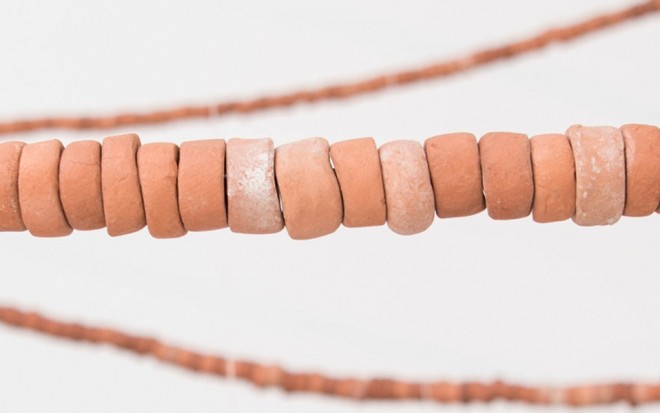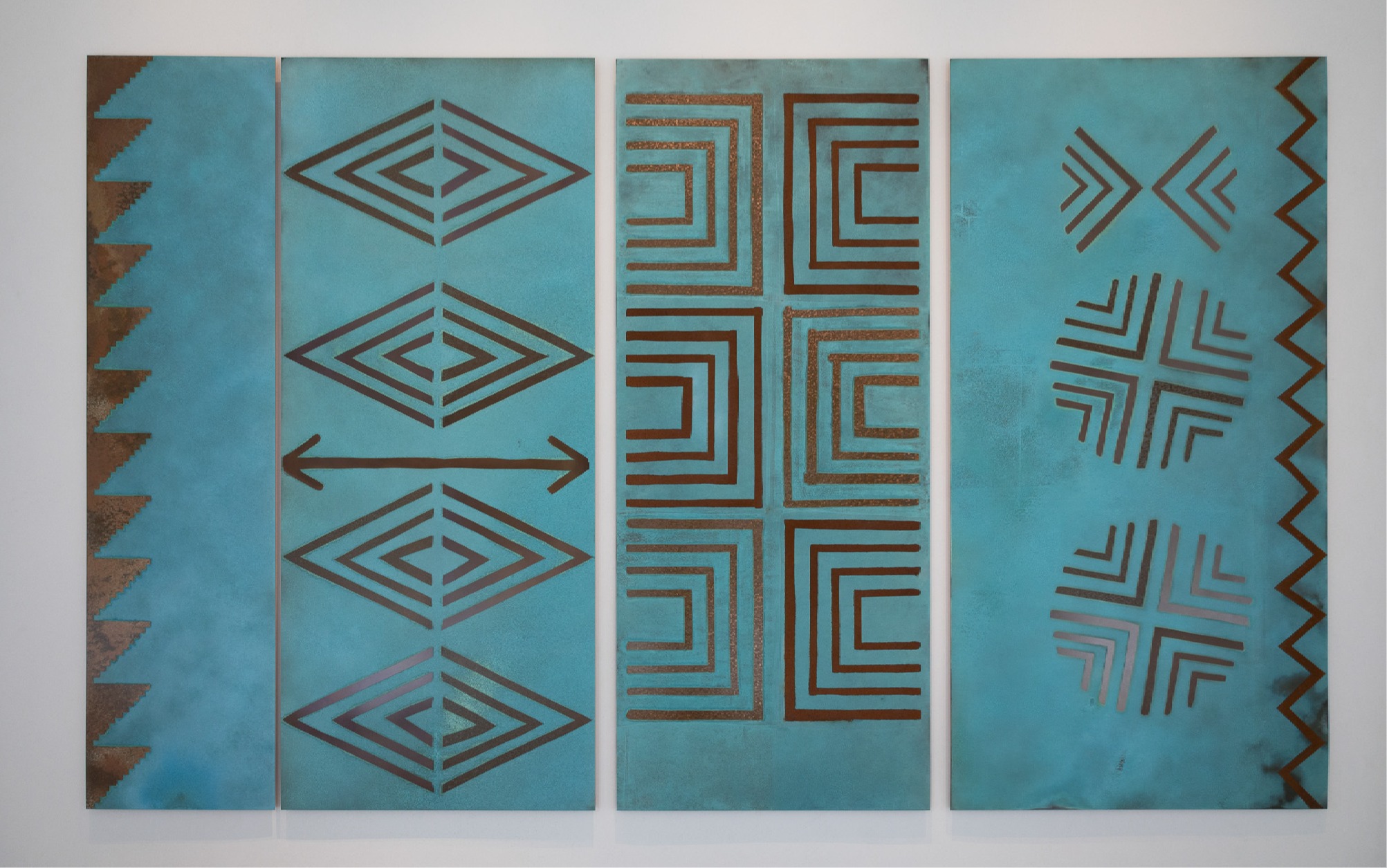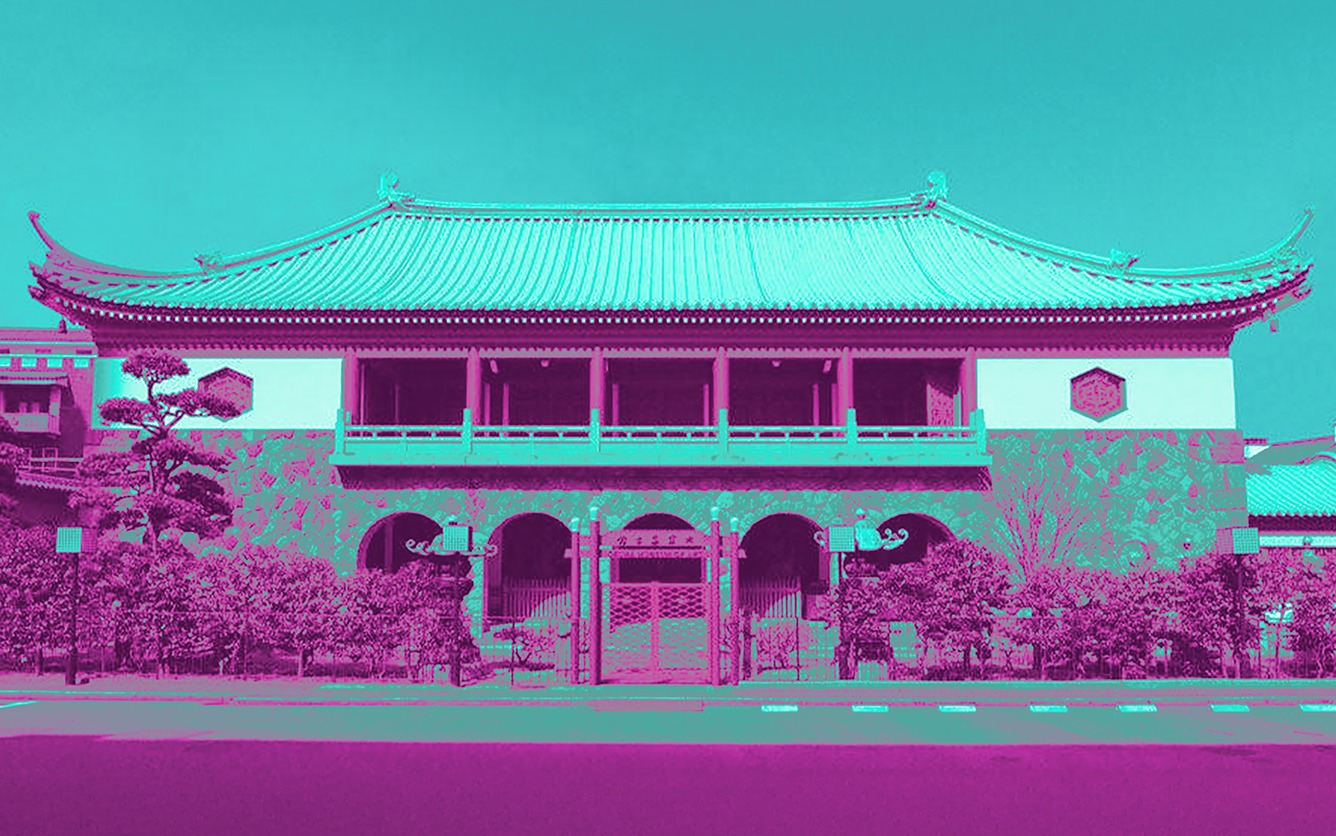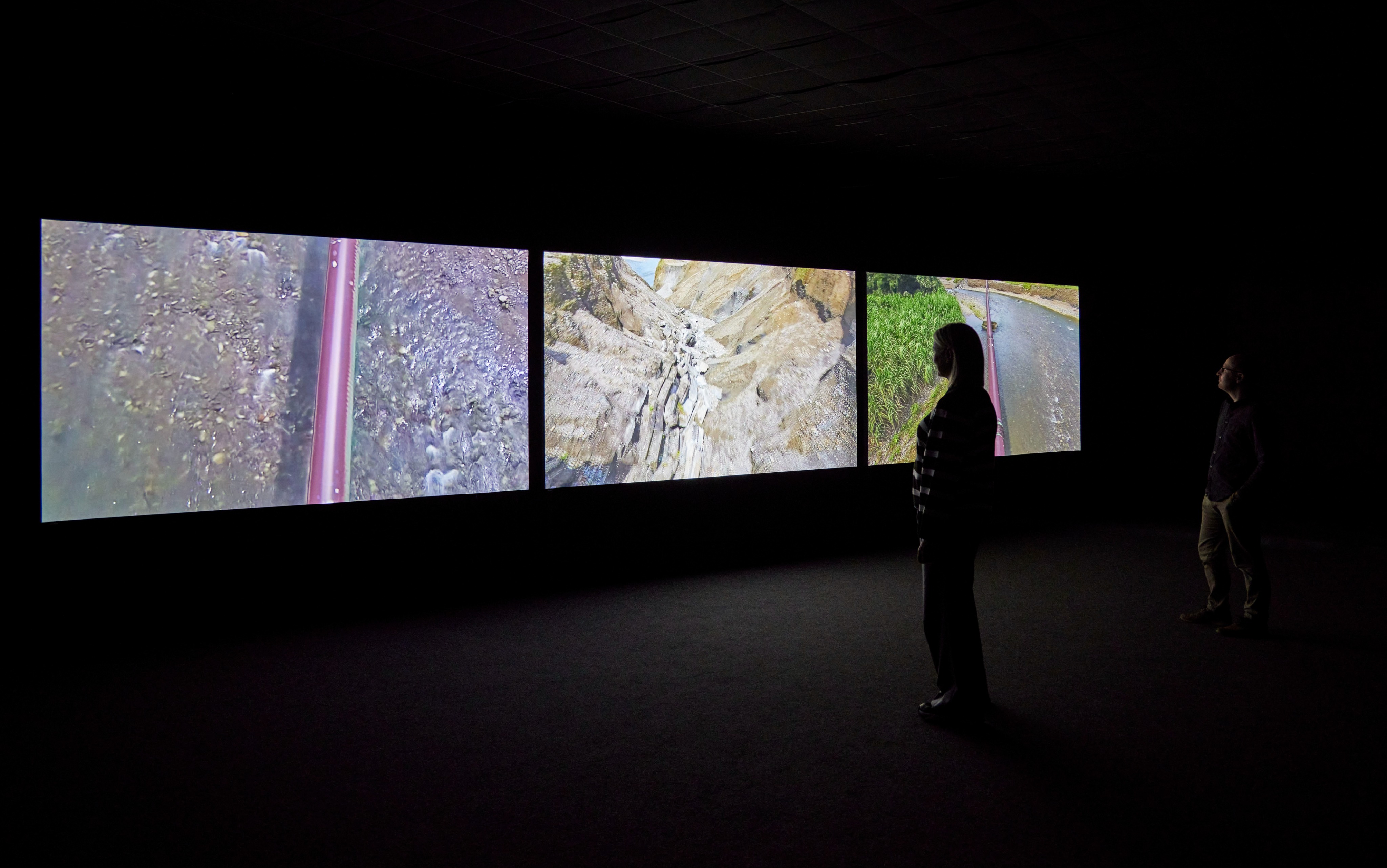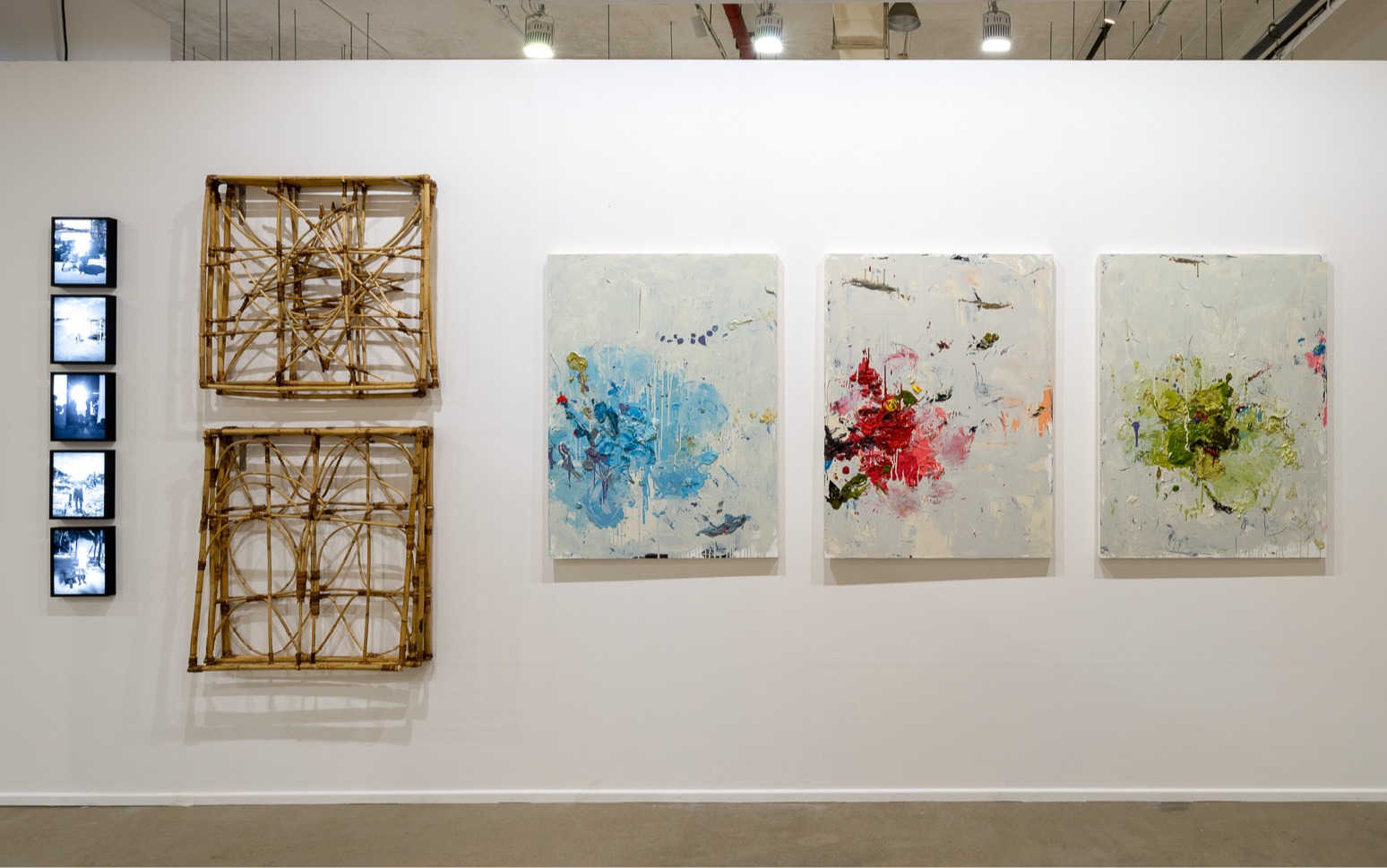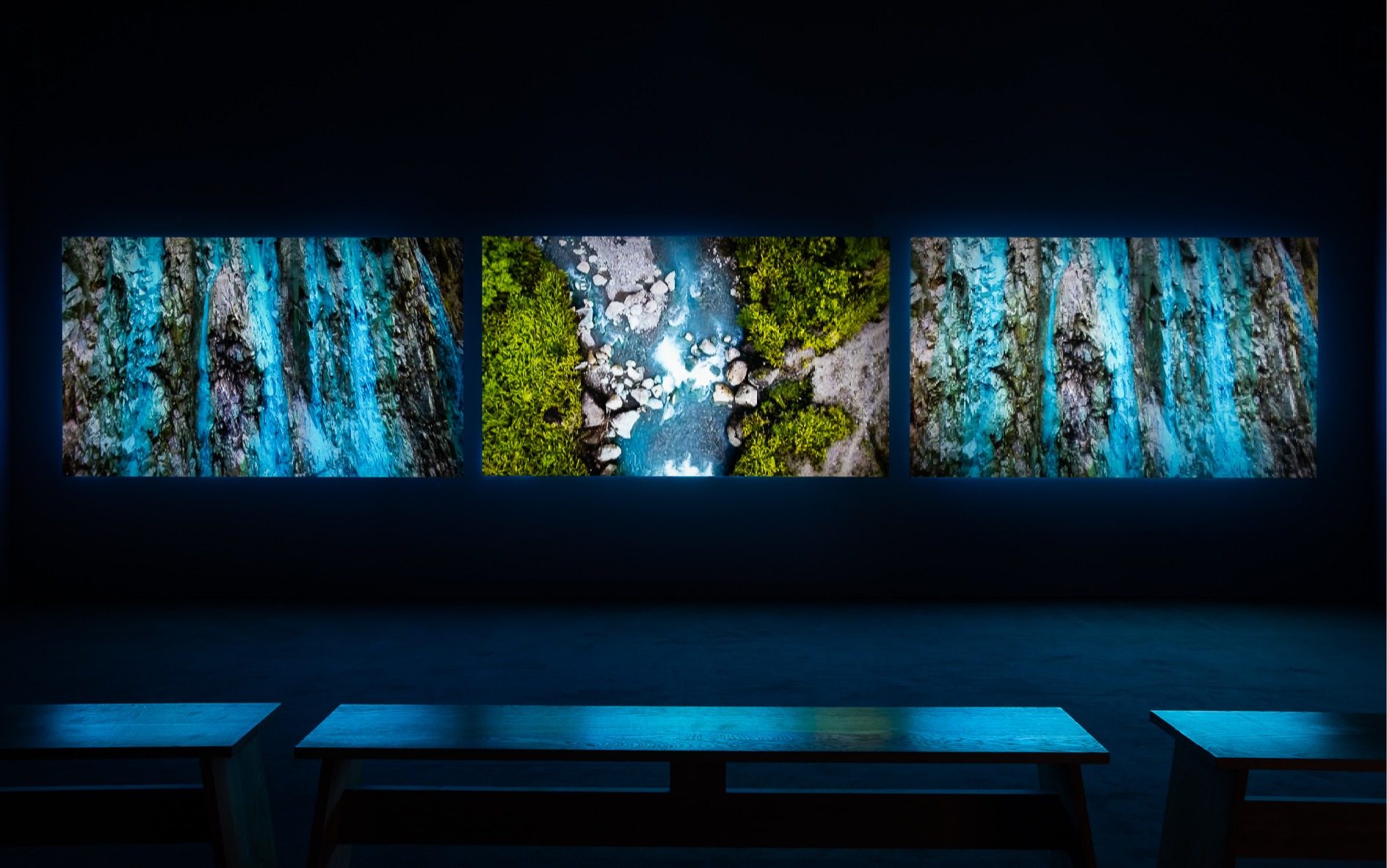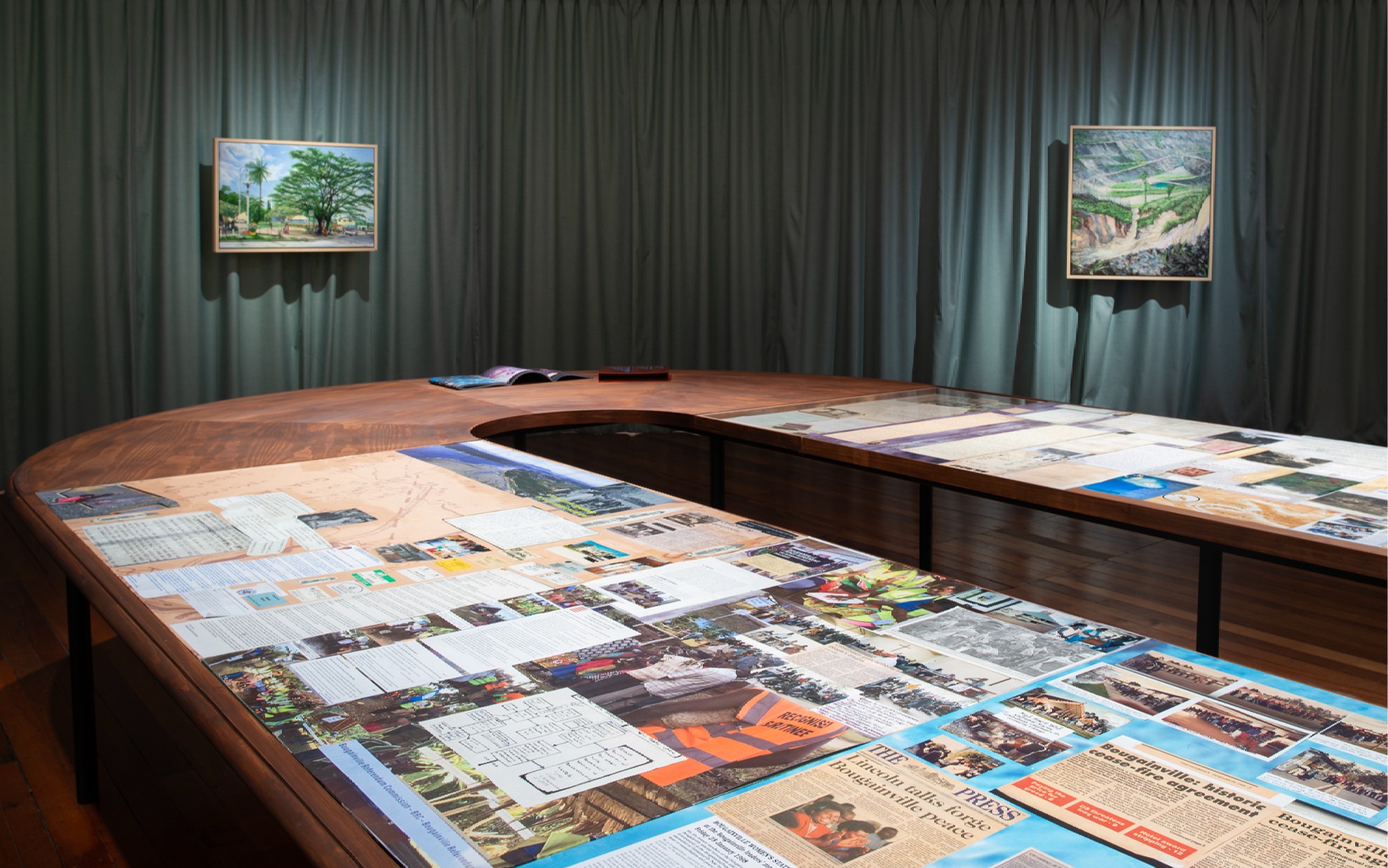
Taloi Havini
Bio
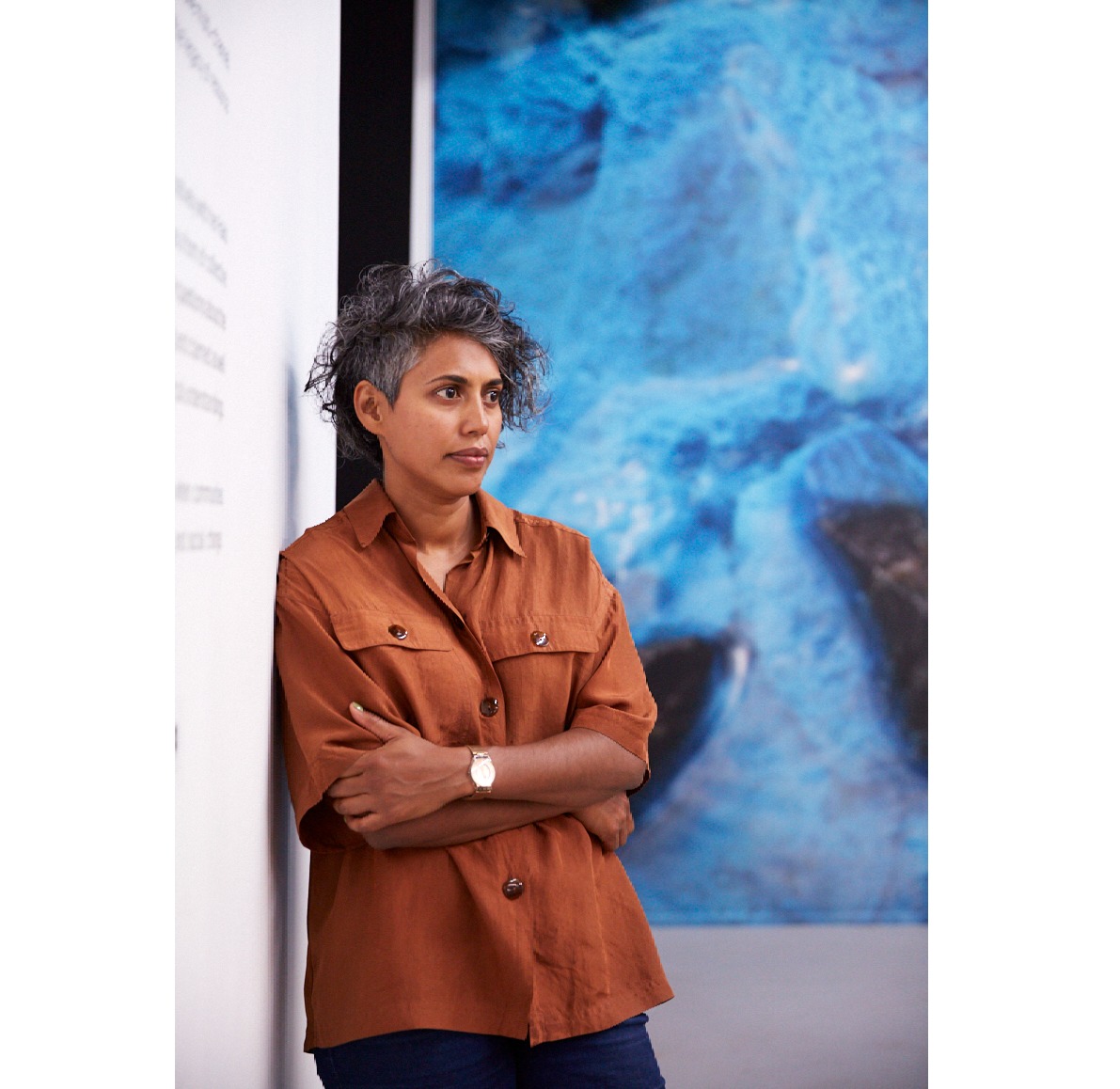
Taloi Havini (b, 1981, Arawa, Autonomous Region of Bougainville, Papua New Guinea; lives and works in Brisbane, Australia) is an interdisciplinary artist working across media from sculpture, photography, moving image, installation, and sound. A descendant from the Nakas clan of the Hakö (Haku) people of northeastern Buka, her research practice is shaped by her matrilineal ties to her land in Bougainville and studies surrounding Indigenous Knowledge Systems and museum collections.
Havini creates immersive and site-specific experiences, often reflecting on ideas of transmission, mapping and representation. She continues to work collaboratively on cultural heritage projects with communities in Bougainville.
Havini’s artwork is held in public and private collections including TBA21–Academy, Sharjah Art Foundation, Art Gallery of New South Wales, Queensland Art Gallery | Gallery of Modern Art (QAGOMA), National Gallery of Victoria and KADIST, San Francisco, CA, USA. She has participated in numerous solo and group exhibitions exhibiting with Artspace, Sydney; Palais de Tokyo, Paris; Sharjah Biennial 13, UAE; 3rd Aichi Triennial, Nagoya; 8th & 9th Asia Pacific Triennial of Contemporary Art, QAGOMA, Brisbane; TBA21’s Ocean Space, Venezia; Barbican Centre, London; Auckland Art Gallery Toi o Tāmaki, New Zealand; the Honolulu Biennial, Hawaii; and Artes Mundi 10, Wales.
Banner image courtesy of Artspace. Portrait of the artist by Zan Wimberley, courtesy of Artspace, Sydney.
Selected Works
Selected Works
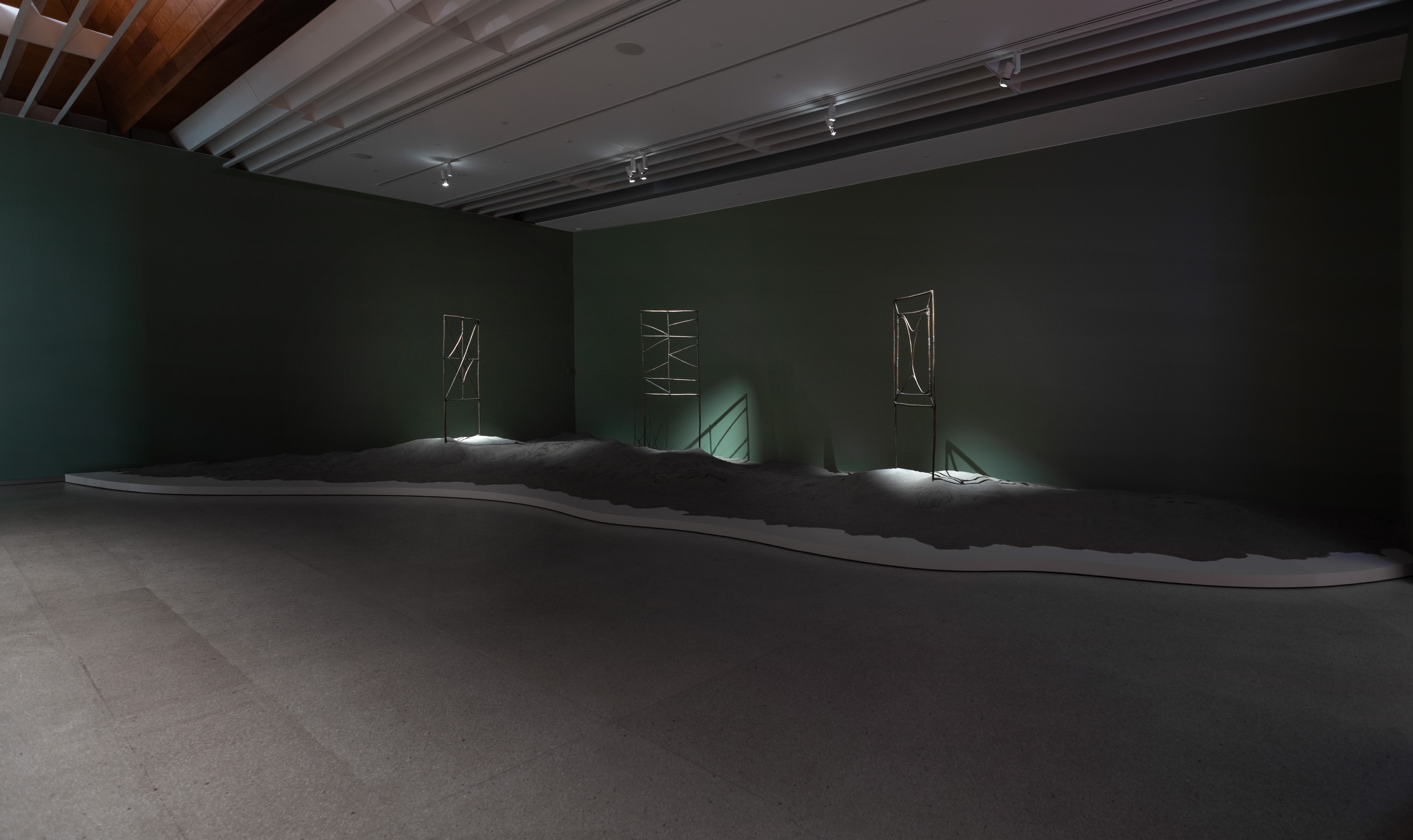
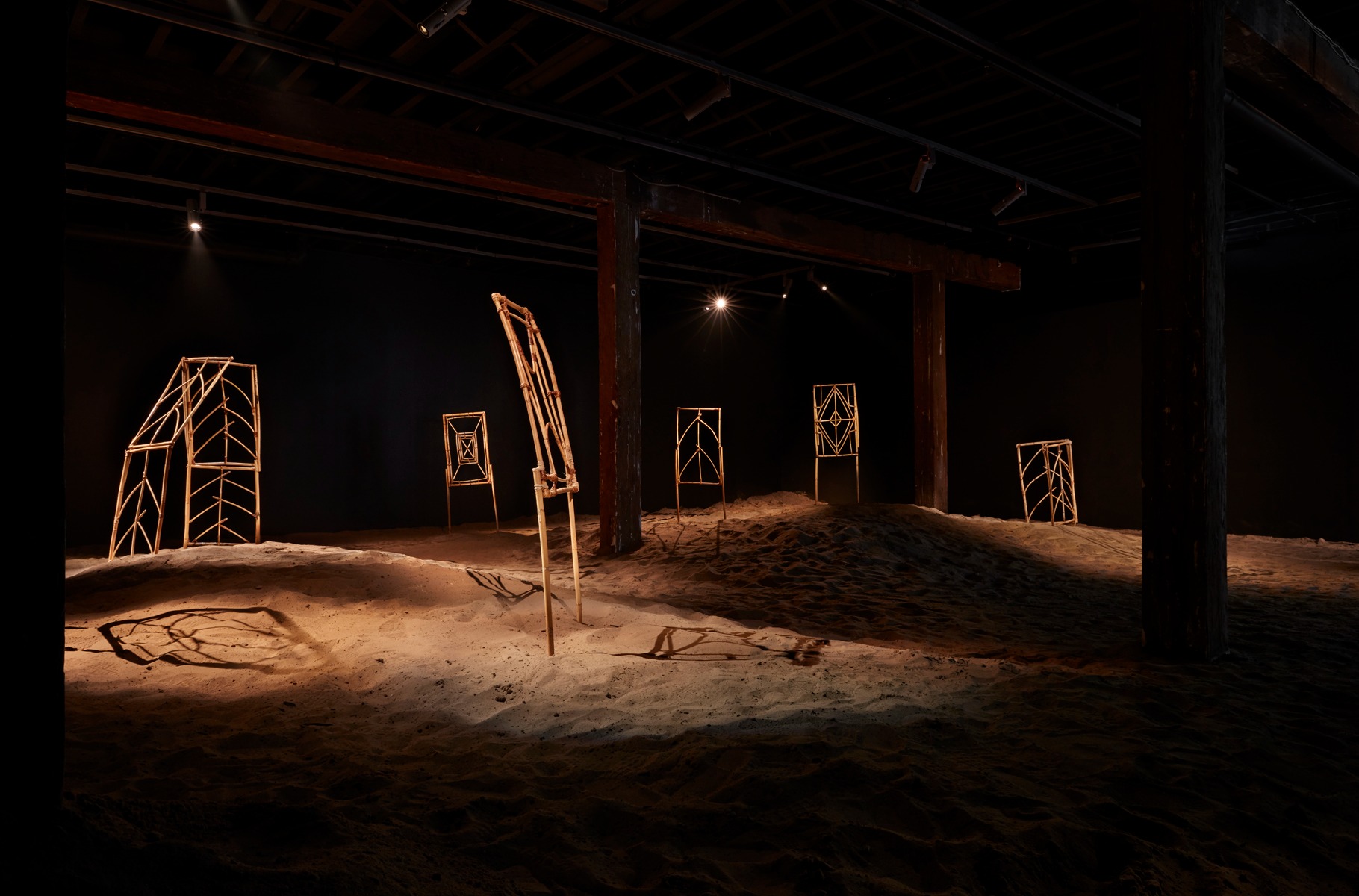
Photos by Zan Wimberley
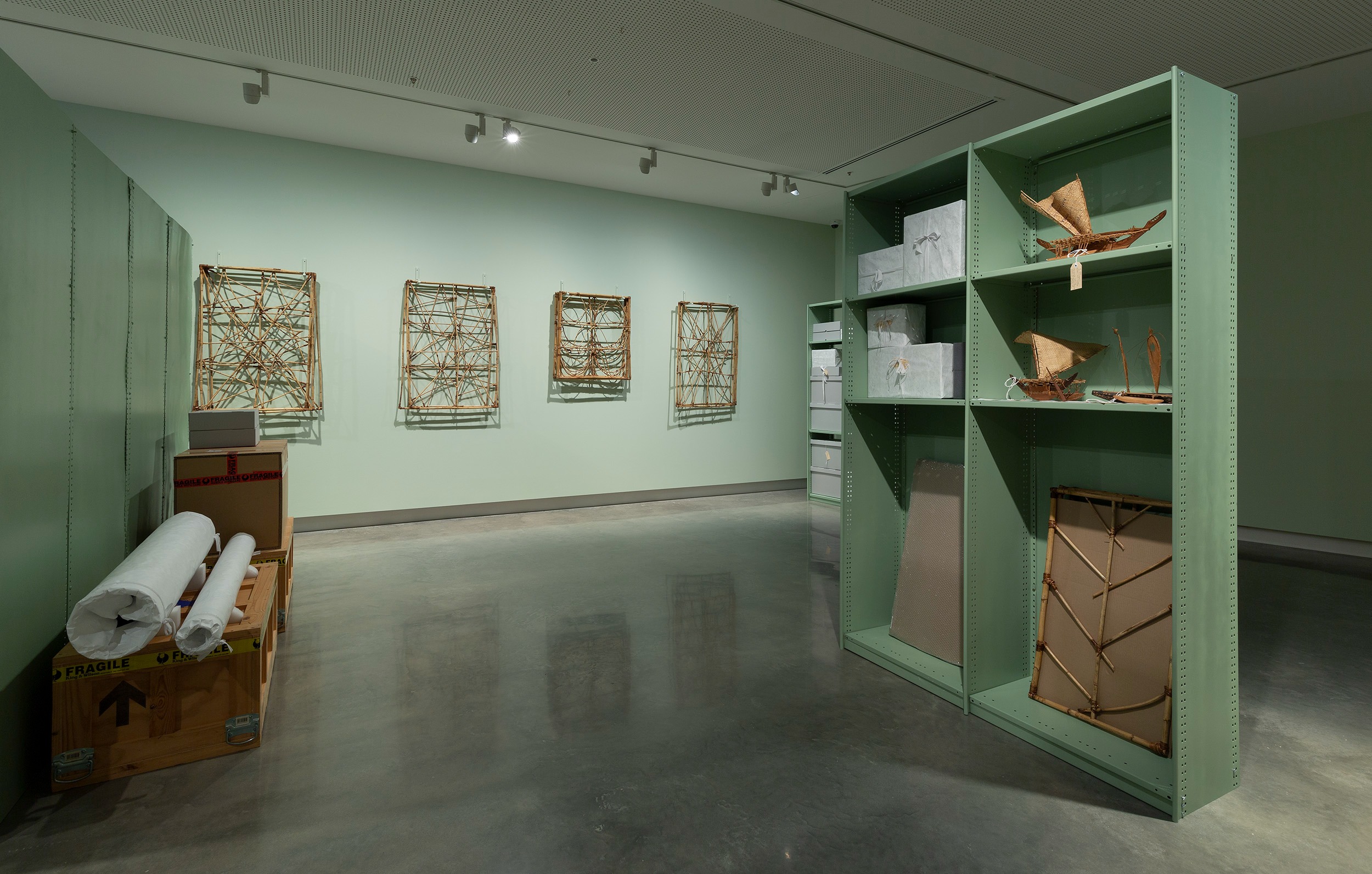
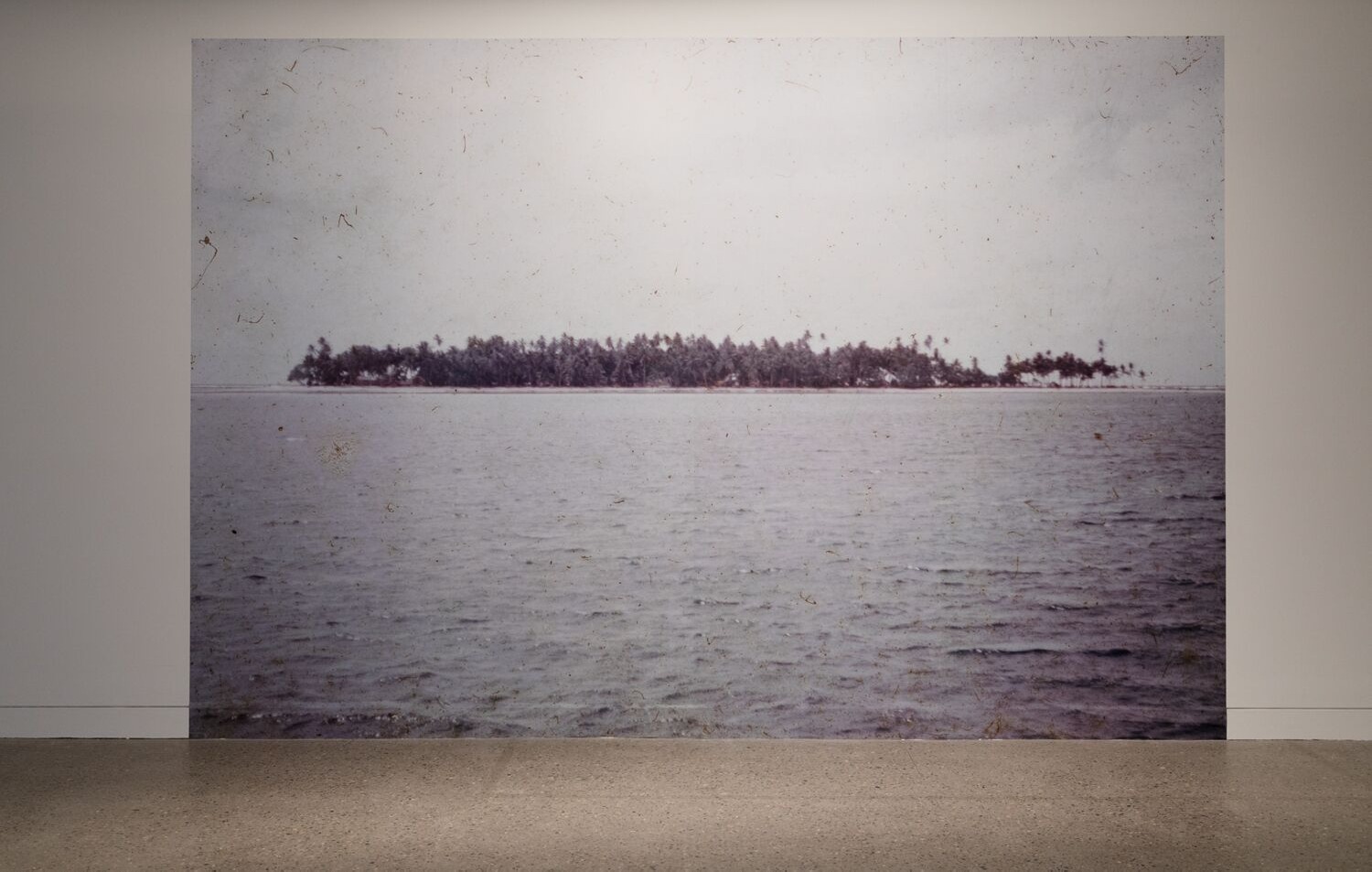
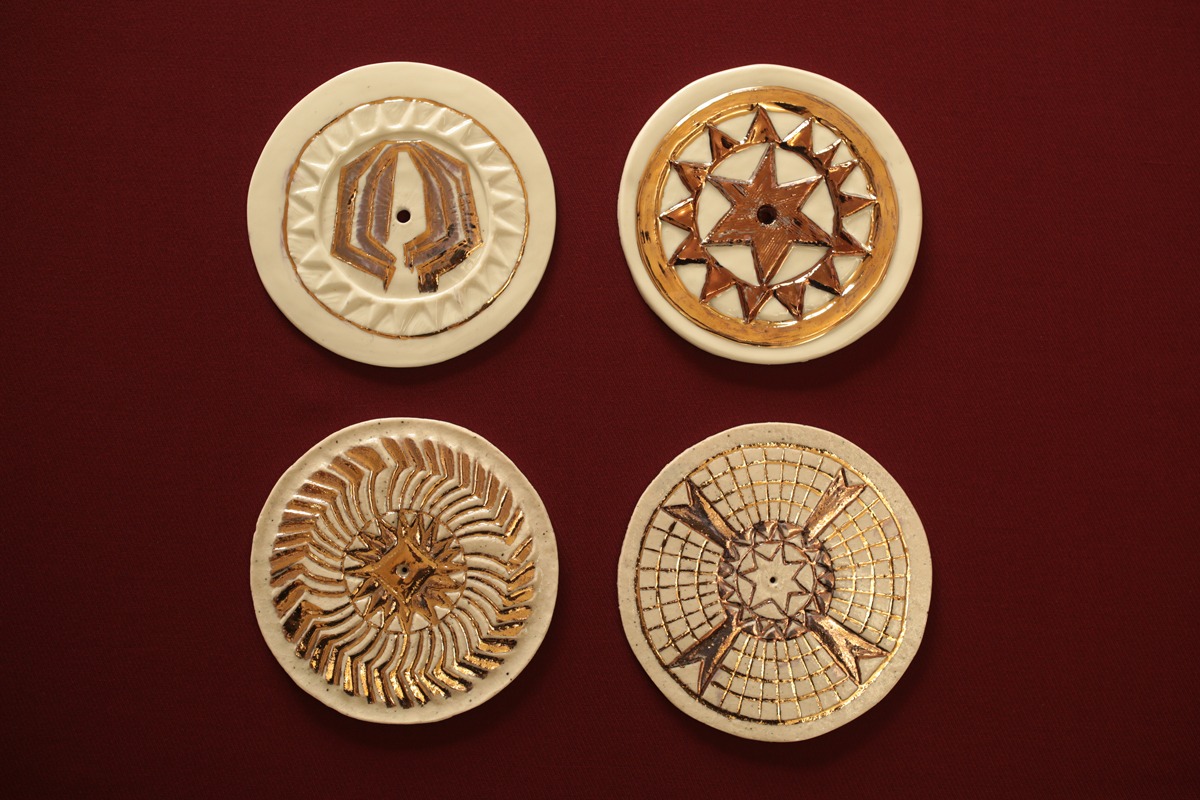
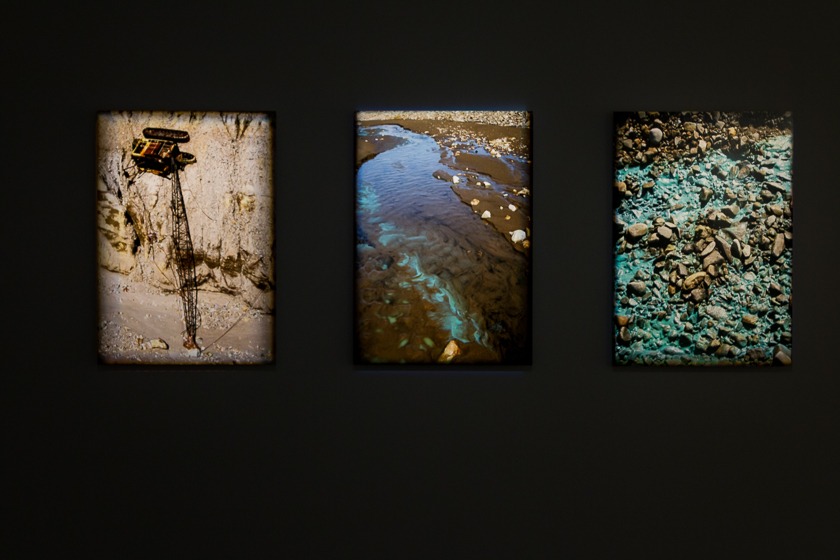
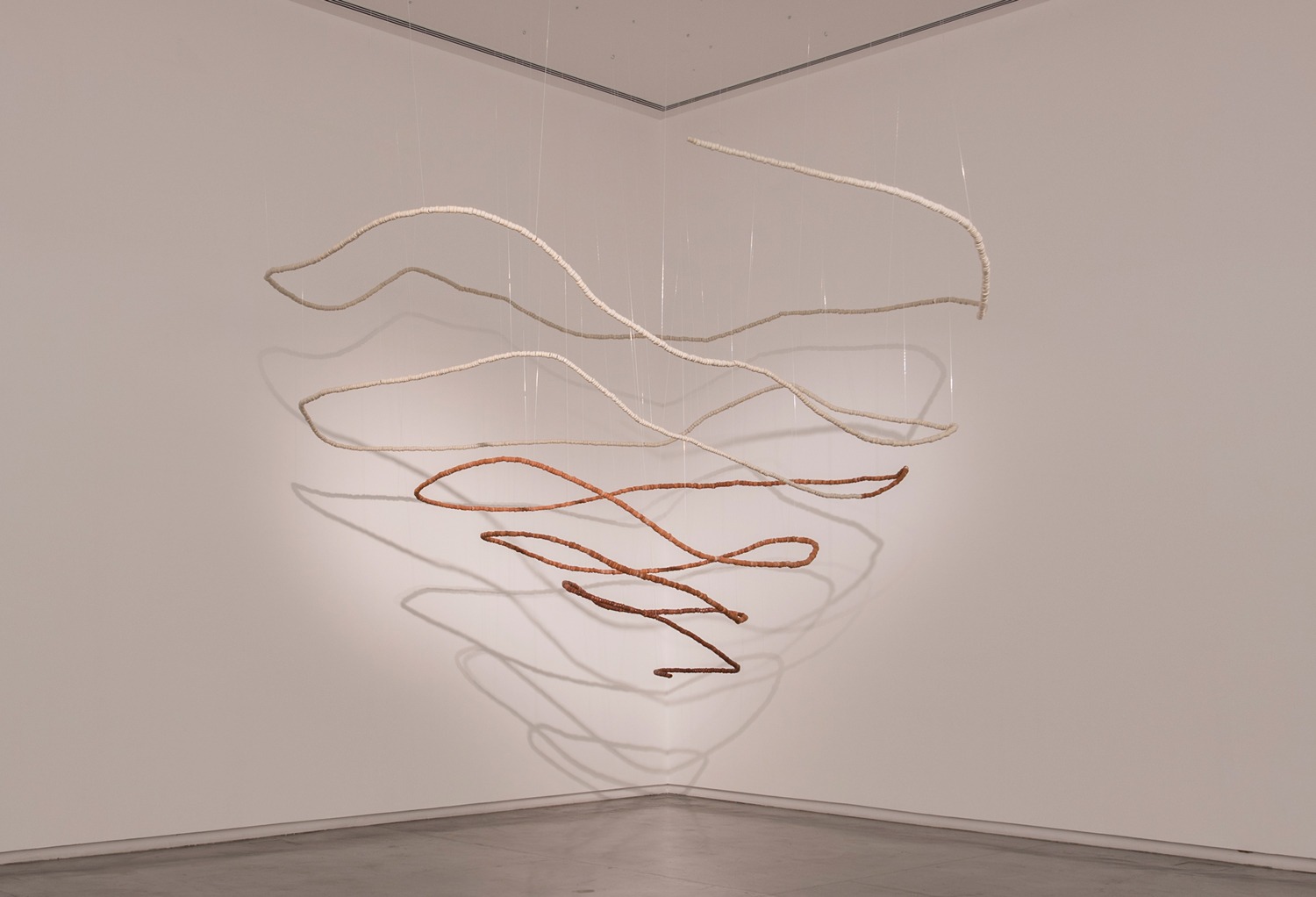
Images courtesy of Sharjah Art Foundation
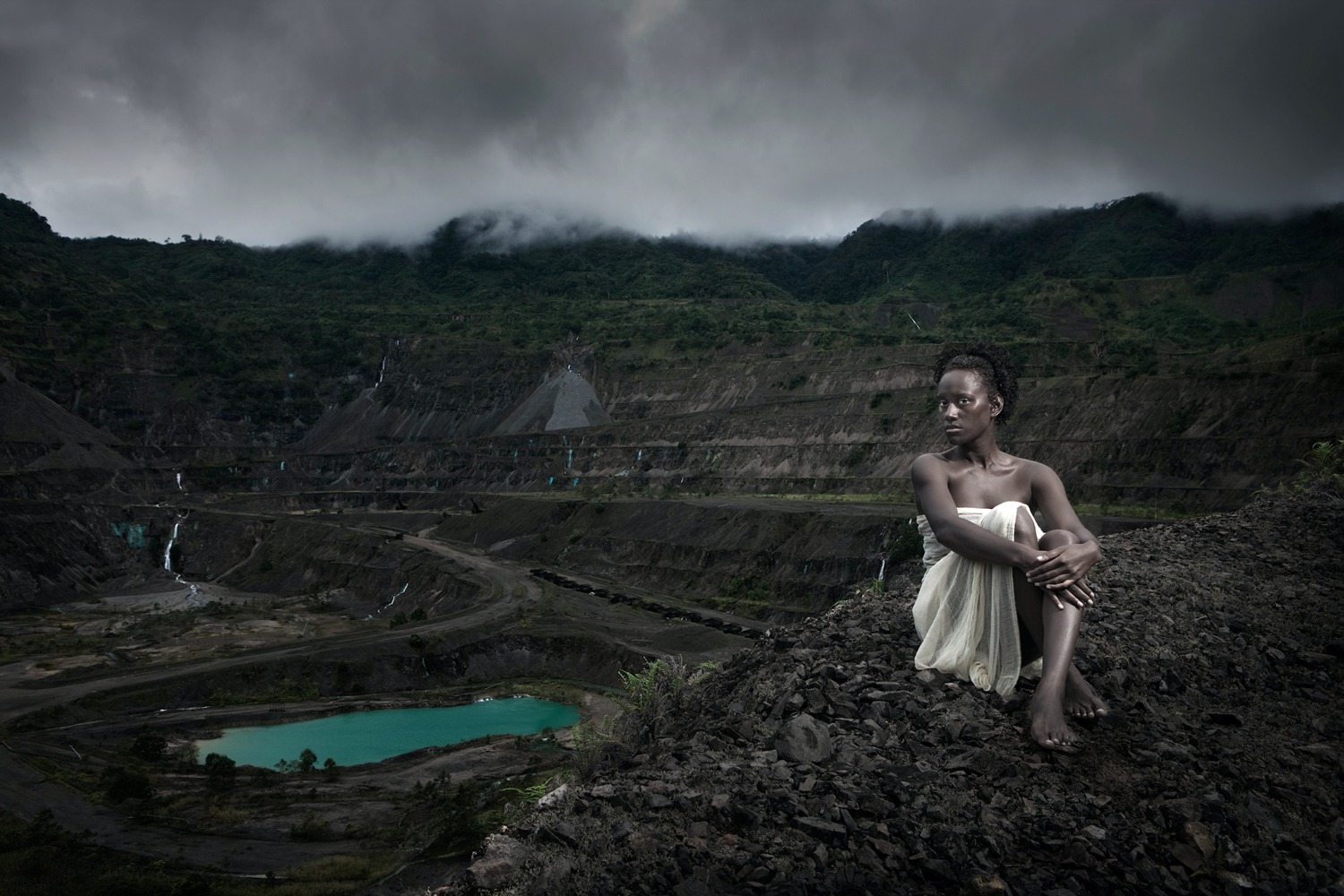
Habitat series (2016-2019)
The Habitat series are multi-channel video installations exploring intersections of history, the environment and nation-building within the matrilineal social structures of her birthplace, the Autonomous Region of Bougainville. Havini’s Habitat series is an ongoing investigation exploring the legacy of resource extraction and Australia’s fraught relationship in the Pacific.
Habitat: Konawiru, 2016 is a single-channel 16:9, HD, colour, sound, 3:43
Habitat, 2017 is a three-channel, 16:9, HD, colour, 5.1 surround sound, 10:40 mins digital video installation and was originally commissioned for The National by the Art Gallery of New South Wales (Sydney), adapted for her Pavillon Neuflize OBC residency solo exhibition, Palais de Tokyo (Paris) in 2017.
Habitat, 2018 - 2019 HD, colour, black & white, 5.1 surround sound, 10:33 mins
Presented as part of the 9th Asia Pacific Triennial, Women’s Wealth project and exhibition, supported by The Australia Council for the Arts. Archival footage was sourced from the National Film and Sound Archive of Australia, the Australian Broadcasting Corporation (ABC), including footage from personal family archives, Moses Havini and Marilyn Taleo Hatukul Havini.
Selected Exhibitions
Selected Press
- The Art Newspaper | In pictures: Art Basel's Unlimited section offers visions of utopia

- The Art Newspaper | In pictures: Art Basel's Unlimited section offers visions of utopia

- Art Basel | Art Basel’s brand-new Premiere sector at a glance

- PBS News | The Met opens reimagined Arts of Oceania galleries showcasing works from the Pacific

- ARTnews | The Met’s Renovated Rockefeller Wing Is a Masterpiece

- Art Basel | The transformative rise of Indigenous and First Nations artists

- PhilStar | Taloi Havini’s Buka Island: The siren call of home

- The Art Newspaper | Artist Taloi Havini wins £40,000 Artes Mundi prize

- e-flux | Taloi Havini wins tenth anniversary Artes Mundi prize

- The Guardian | ‘Artists don’t do it for money’: Pacific Island creative wins Artes Mundi prize

- Museums Association | World view - Artes Mundi, various venues

- Ocula | At Artes Mundi, Artists Call for Peace

- ArtReview | Will the Complicit Body Please Stand Up?

- The National News | Lebanese, Kurdish and Kuwaiti-Puerto Rican artists shortlisted for UK's Artes Mundi prize

- Arts Tribune | At London’s Barbican, the female body’s link to the natural world isn’t just lyrical—it’s hardcore political

- The Guardian | Disassembled tents, shadow forests, and giant bats: meet the finalists of Wales’s biggest art prize

- Artnet News | Art Industry News: Movers & Shakers

- Wallpaper* | 17th Istanbul Biennial review: truth to power and food for thought

- TRT World | Cinili Hamam, a Mimar Sinan marvel, revived in time for Istanbul biennial

- Ocula | Who Was Nominated for Britain’s £40,000 Artes Mundi Prize 2023?

- ArtReview | The Folk Politics of the 17th Istanbul Biennial

- Stuff | 'Feminism has always looked different for us': Mapping the trajectory of feminism through contemporary Pacific art

- TBA21 | TBA21–Academy unveils new commission by artist Taloi Havini in "The Soul Expanding Ocean #1: Taloi Havini" at Ocean Space, Venice, and re-opens "Territorial Agency: Oceans in Transformation"

- Aljazeera | ‘Blood generation’: Artist Taloi Havini on Bougainville’s pain

- Artforum | Taloi Havini at Ocean Space

- Financial Times | Deep listening — Taloi Havini conjures the sound of her ancestors at Venice Biennale

- Ocean Archive | Chus Martínez in Conversation with Taloi Havini

- The Conversation | Civilization: The Way We Live Now – powerful, troubling photographs of a crowded planet and uncertain future

- The National | Taloi Havini

